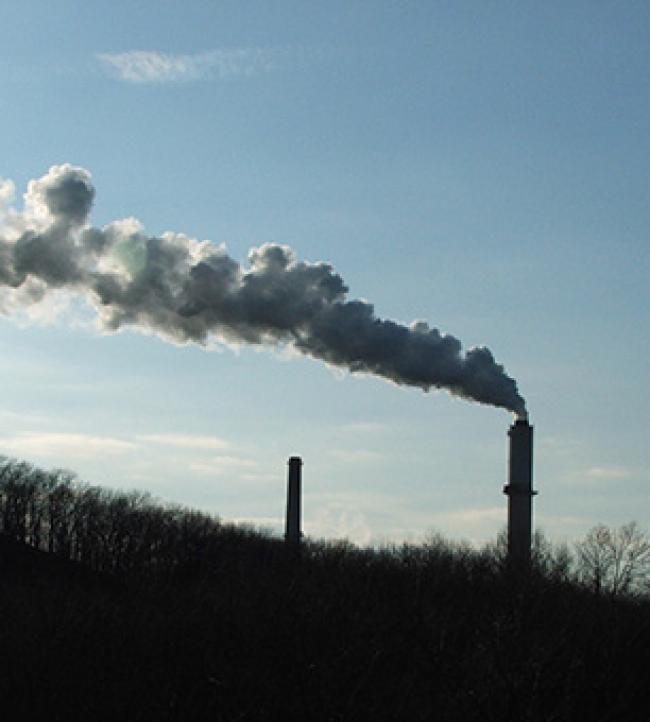Articles Menu

Nov. 10, 2013
When, on May 10, 2013, scientists at Mauna Loa Observatory on the big island of Hawaii announced that global CO2 emissions had crossed a threshold at 400 parts per million for the first time in millions of years, a sense of dread spread around the world - not only among climate scientists. CO2 emissions have been relentlessly climbing since Charles David Keeling first set up his tracking station near the summit of Mauna Loa Observatory in 1958 to monitor average daily global CO2 levels. At that time, CO2 concentrations registered 315ppm. CO2 emissions and atmospheric concentrations have been climbing ever since and, as the records show, temperatures rises will follow. For all the climate summits, the promises of "voluntary restraint," the carbon trading and carbon taxes, the growth of CO2 emissions and atmospheric concentrations has not just been relentless, it has been accelerating in what scientists have dubbed the “Keeling Curve."
Dr. Richard Smith wrote his UCLA history Ph.D thesis on the contradictions of market reforms in China and has written on capitalist development and China’s environment and related topics for the New Left Review, the Ecologist and other publications. Presently, he is completing a book on capitalist development and global ecological collapse, chapters of which have appeared as articles in the Journal of Ecological Economics, Capitalism Socialism Nature, and Real-World Economics Review. Titled, 'To Save the Planet, Turn the World Upside Down', the book will be published in 2014.